If viewed from above, the spatial axis stretching from Ba Dinh - the political heart of the country, across the Red River via Tu Lien Bridge, connecting directly to the National Exhibition Center and the ancient Co Loa Citadel is like a red thread running through the past - present - future, connecting identity with creativity. Hanoi is holding in its hands a "golden" opportunity to turn that spatial axis into a driving force for the development of cultural, tourism and creative industries - a "soft" but strategic axis in the development process of the Capital.
Historical sources and opportunities from strategic infrastructure
Ba Dinh - where President Ho Chi Minh read the Declaration of Independence in 1945 is an immortal symbol of the Vietnamese people's aspiration for freedom, independence and peace. As the national political and administrative center, this place not only holds an important geographical position but is also a spiritual fulcrum, the crystallization of the Vietnamese soul.
Historic Ba Dinh Square. (Pham Kien/VNA)
At the end of the spatial axis, Co Loa citadel - the capital of the Au Lac state during the reign of Thuc An Duong Vuong and later the capital of the Ngo dynasty - is a historical relic of special value. Co Loa is not only a testament to the high level of military technology of the ancient Vietnamese civilization but also a living testament to a developed wet rice civilization.
Archaeological discoveries such as bronze arrows, bronze drums, plowshares, etc. have proven that this is an ancient land, associated with the founding of the Hung Kings.
Therefore, in many speeches, General Secretary Nguyen Phu Trong emphasized: “Co Loa, Dong Do, Thang Long, Hanoi are representative of the thousand-year history of Vietnamese culture - where the soul of the mountains and rivers has settled for thousands of years. Hanoi is sacred and splendid, a place of faith and hope.”
On May 19, 2025, on the occasion of the 135th anniversary of President Ho Chi Minh's birthday, Tu Lien Bridge officially started construction. The bridge is designed with a modern cable-stayed bridge, combining sophisticated techniques and aesthetics, helping the project to ensure traffic while becoming a new architectural symbol on the Red River.
Speaking at the groundbreaking ceremony, Prime Minister Pham Minh Chinh affirmed that Tu Lien Bridge will contribute to solving traffic congestion, connecting areas, expanding Hanoi's development space, especially the area north of the Red River, promoting services, culture, tourism and urban economy.
The next point on the spatial axis, the National Exhibition Center in Dong Anh - a key national project is also gradually taking shape. Inspired by the legend of the Golden Turtle God and the architecture of Co Loa Citadel, the project is not only large in scale but also bears a strong Vietnamese cultural imprint.
The Prime Minister directly inspected and directed the development of this center into a "modern symbol" of culture, architecture, art, landscape, and administration of Hanoi, linked to the sacred land of Co Loa.
Two projects - one is a strategic traffic connection point, the other is a large-scale cultural infrastructure, if linked by creative thinking and methodical planning, will form the "backbone" of the cultural industrial axis, promoting development of the entire region.
Regional connectivity space - stage for cultural industry
According to the Hanoi Capital planning for the 2021-2030 period, with a vision to 2050, Hanoi will effectively exploit 5 development spaces including: public, elevated, underground, cultural - creative and digital space.
In particular, the Red River is identified as the "green axis", "central landscape axis"; at the same time, it is a cultural-tourist space connecting the Capital region with the Red River Delta.
Experts say that the Ba Dinh-Tu Lien-Co Loa axis can completely become Hanoi's "creative corridor", a large-scale stage for cultural industries to promote their strengths.
The unique point is that this axis is not only based on physical infrastructure but also on “identity connection” and “idea connection.” Imagine a day not far away: In the morning, visitors visit Uncle Ho’s Mausoleum in Ba Dinh, in the afternoon admire the modern exhibition space in Dong Anh or explore Co Loa citadel, in the evening sit on a boat on the Red River and listen to the story of Co Loa using virtual reality technology… A journey of many experiences, in which history, technology and creativity are seamlessly intertwined.
The areas in this axis all have great potential: From Ba Dinh, the historical and cultural urban center, across Tu Lien bridge to Dong Anh land, the transition between tradition and modernity, down the Red River to Gia Lam, the destination of traditional craft villages and eco-tourism.
If integrating heritage conservation, community tourism development, OCOP and digital technology, Hanoi can completely create a series of unique creative tourism products, attracting domestic and foreign visitors.
Panoramic view of the "King procession" ceremony at Sai Temple in Thuy Loi village (Thuy Lam commune, Dong Anh district, Hanoi), the festival has been proposed as a National Intangible Cultural Heritage. (Photo: VNA)
Conclusion No. 80 - KL/TU dated May 24, 2024 of the Politburo on the Hanoi Capital Planning for the period 2021-2030, with a vision to 2050 and the Project to Adjust the Hanoi Capital Master Plan to 2045, with a vision to 2065 clearly stated the orientation: "Arranging and allocating space reasonably to develop cultural industry, entertainment industry, and tourism into spearhead economic sectors. Prioritizing the preservation, exploitation, and effective promotion of a number of cultural spaces serving the development of cultural industry."
This is the “compass” for Hanoi to put culture in the central role in the development planning of the capital. To realize that, it is necessary to institutionalize it with specific policy mechanisms.
This is stipulated in the Law on the Capital (amended) to effectively mobilize investment resources for the development of cultural industries. However, without a vision of regional connectivity and a synchronous strategy, the cultural "golden" axis may be "broken" due to fragmented development, lack of community participation or lack of "soft" infrastructure. Challenges in urban planning, management, creative human resources, digital connectivity, etc. also need to be resolved synchronously.
The Ba Dinh-Tu Lien-Co Loa spatial axis is not only a geographical axis, but also a journey to create Hanoi's cultural identity in the 21st century - where thousand-year memories, present energy and creative vision of the future intersect in every step of the capital's residents and visitors.
Vietnam’s cultural industry development strategy to 2030 aims for the industry to contribute 7% to GDP. To achieve this, Hanoi needs to integrate cultural industry development into its expanded urban planning; invest in “soft” infrastructure such as human resource training, digital technology, and policies to encourage artists and creative businesses.
Connecting creative subjects with field spaces (such as the outskirts of Co Loa, Dong Anh commune, etc.) to create a sustainable creative ecosystem. More than a spatial axis, it is a “national cultural axis,” a new spiritual flow of modern Hanoi, exploiting the depth of history to the fullest to reach out with creativity, civilization and integration./.
(Vietnam+)
Source: https://www.vietnamplus.vn/truc-vang-van-hoa-ben-song-hong-giao-thoa-giua-lich-su-va-sang-tao-post1046457.vnp


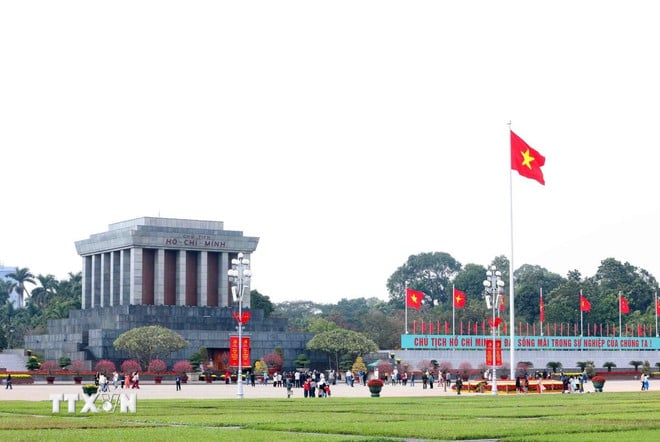

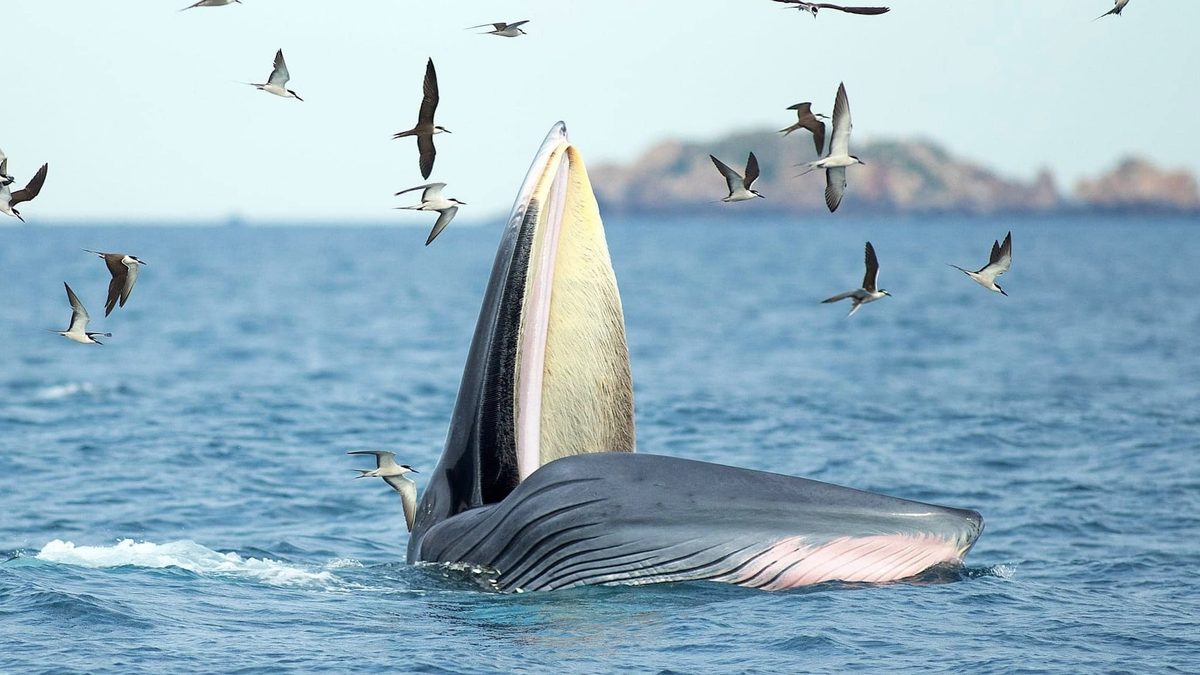
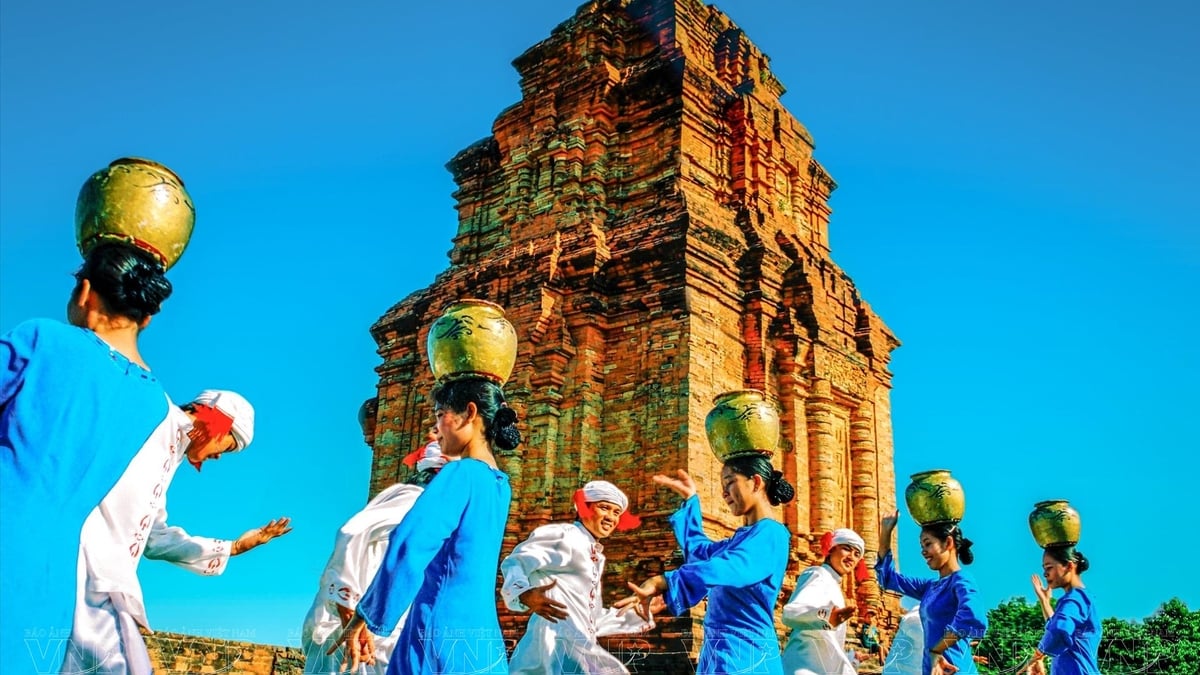
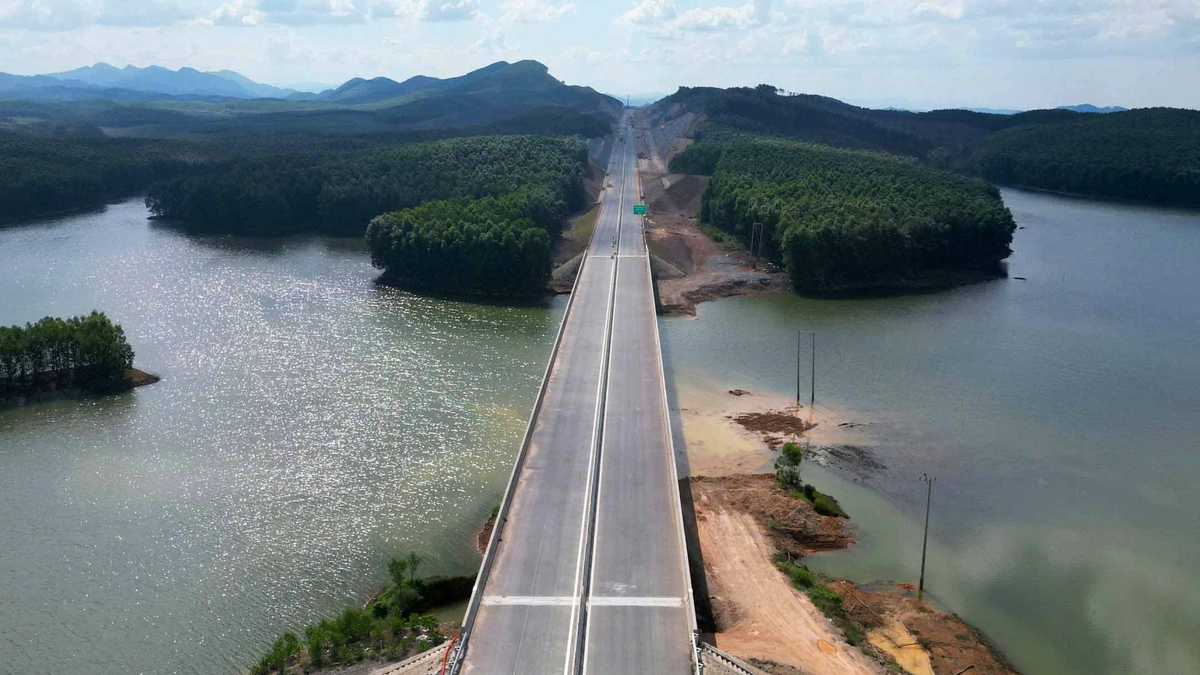
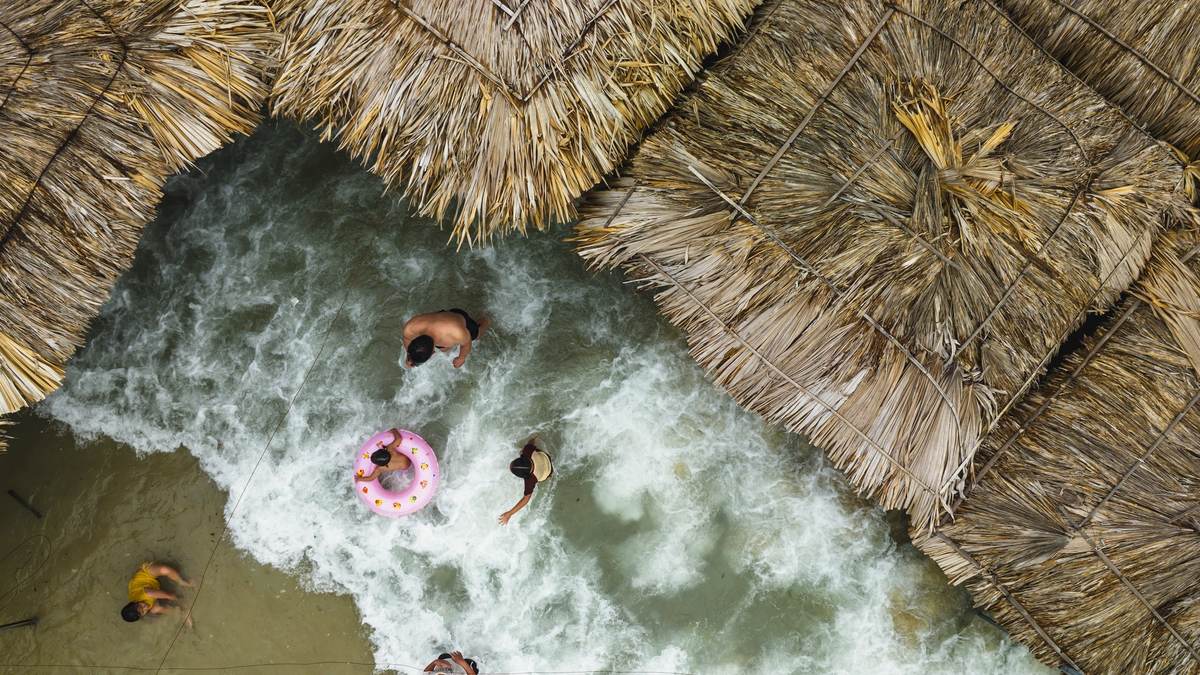
![[Photo] General Secretary To Lam receives Australian Ambassador to Vietnam Gillian Bird](https://vphoto.vietnam.vn/thumb/1200x675/vietnam/resource/IMAGE/2025/6/26/ce86495a92b4465181604bfb79f257de)

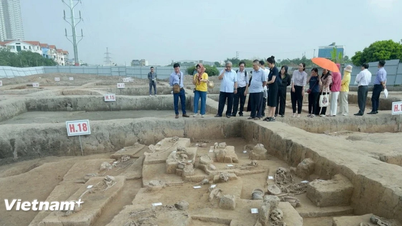
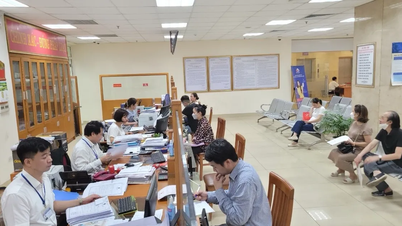

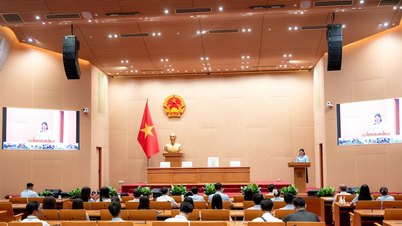
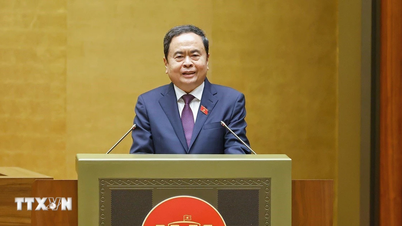
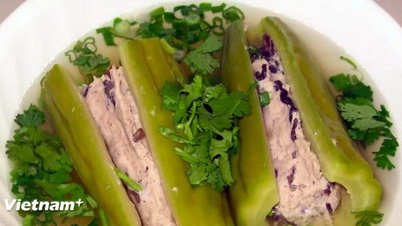
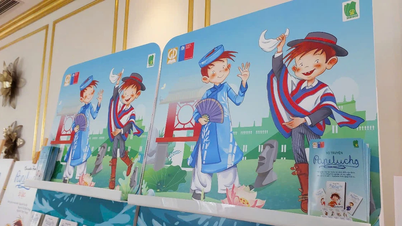







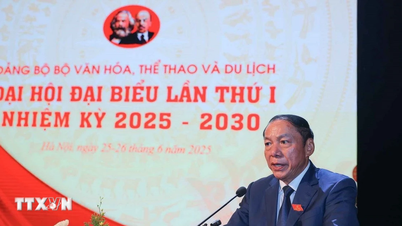





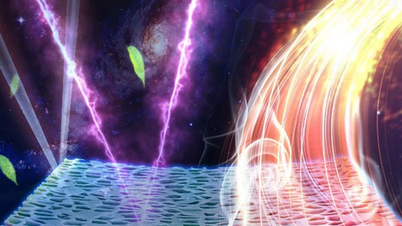

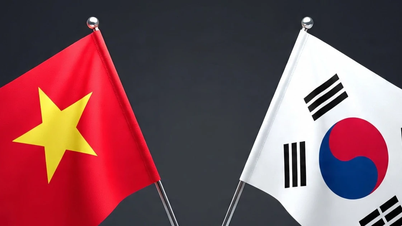


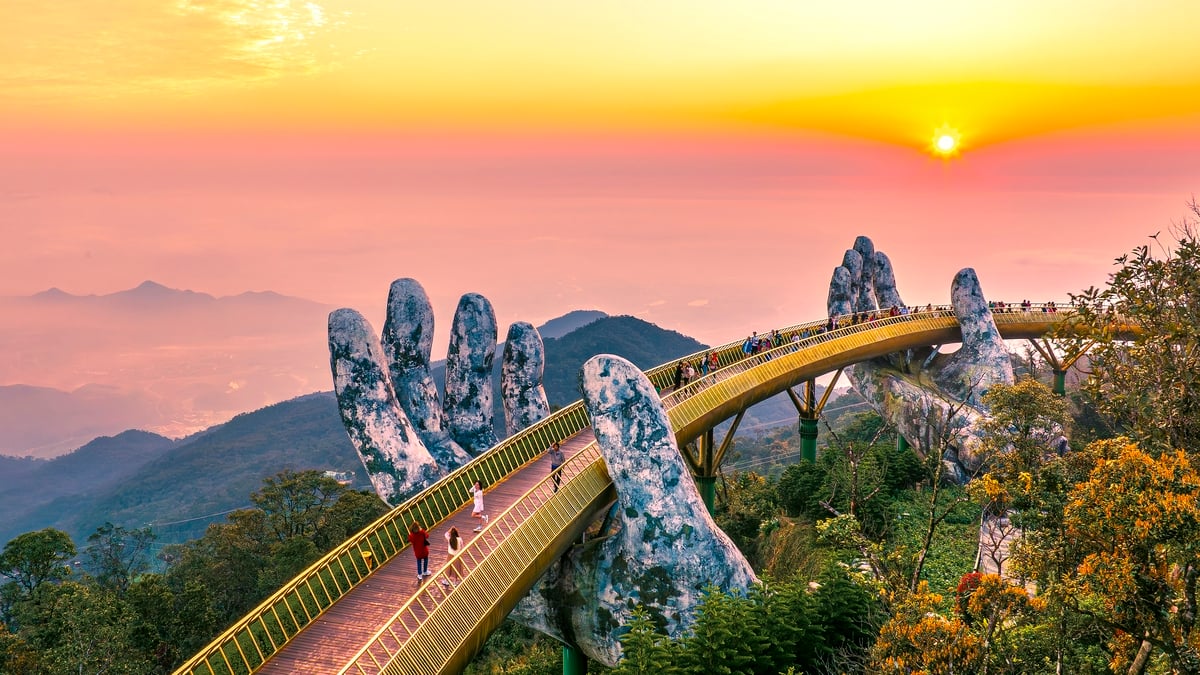
![[Photo] Candidates take the first graduation exam with the new Literature topic](https://vphoto.vietnam.vn/thumb/1200x675/vietnam/resource/IMAGE/2025/6/26/dfded9e317554c25a3e26defe672ebb7)


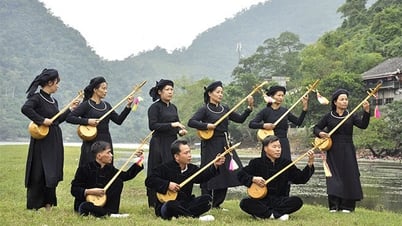



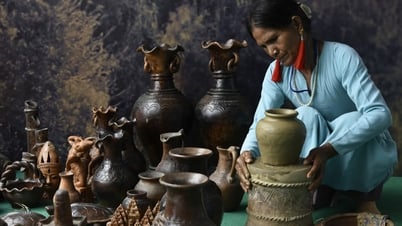

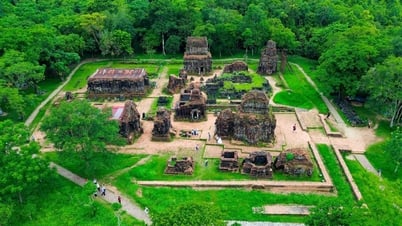
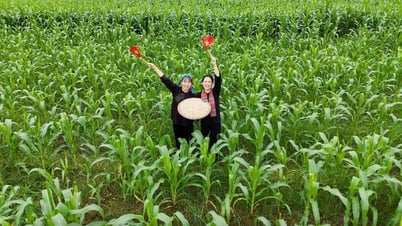

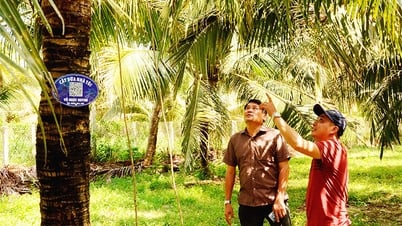



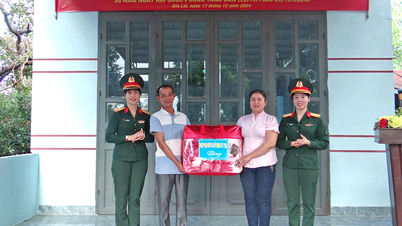



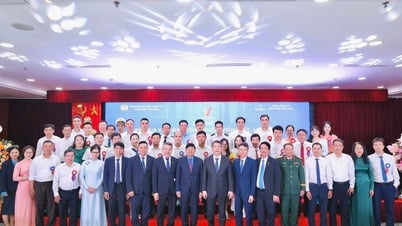










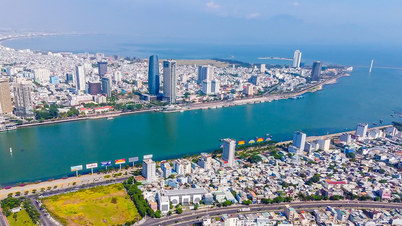

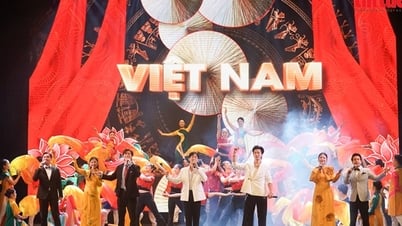
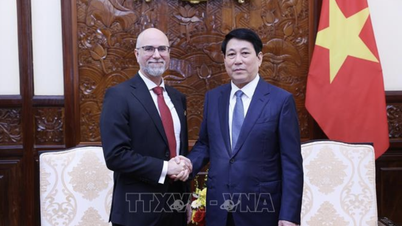
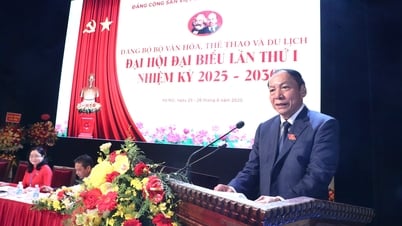

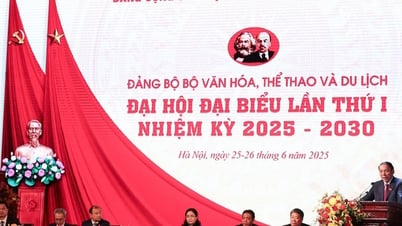



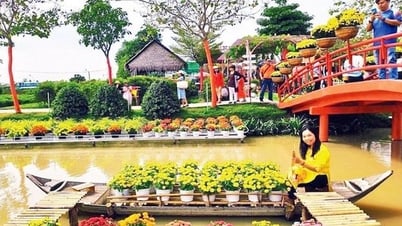
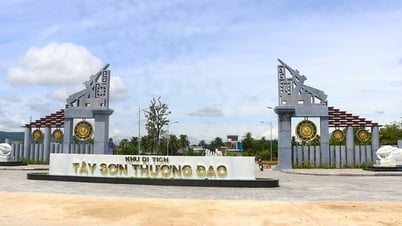
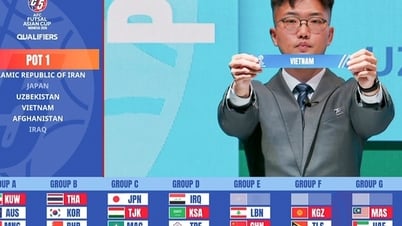

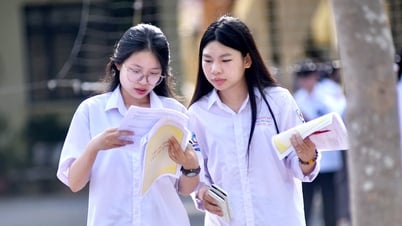



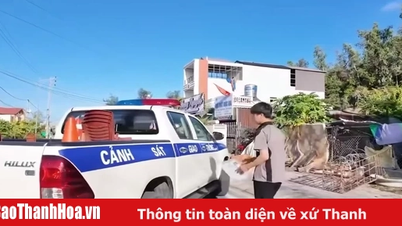




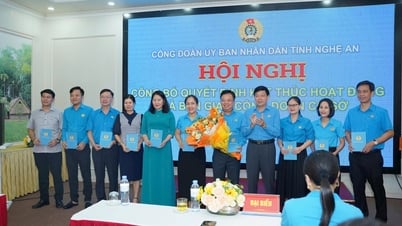













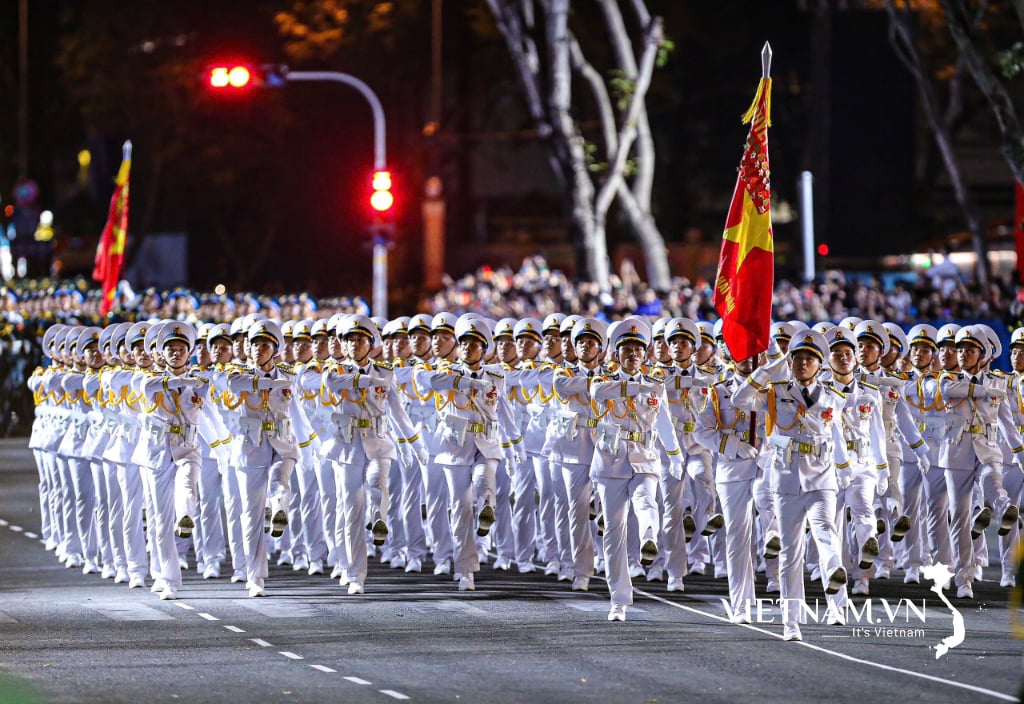


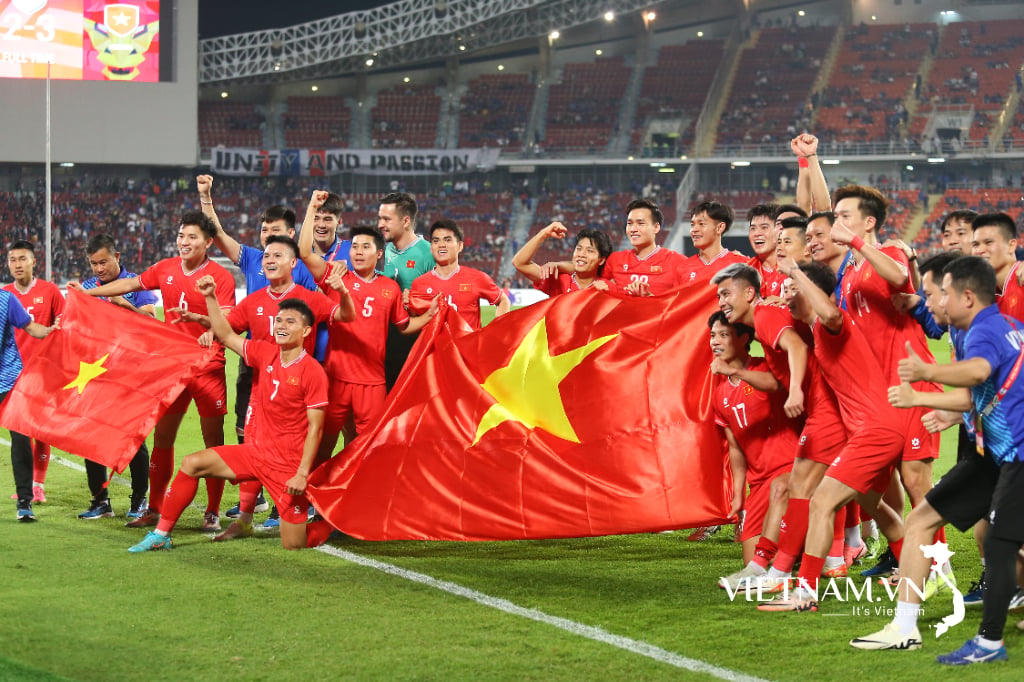
Comment (0)